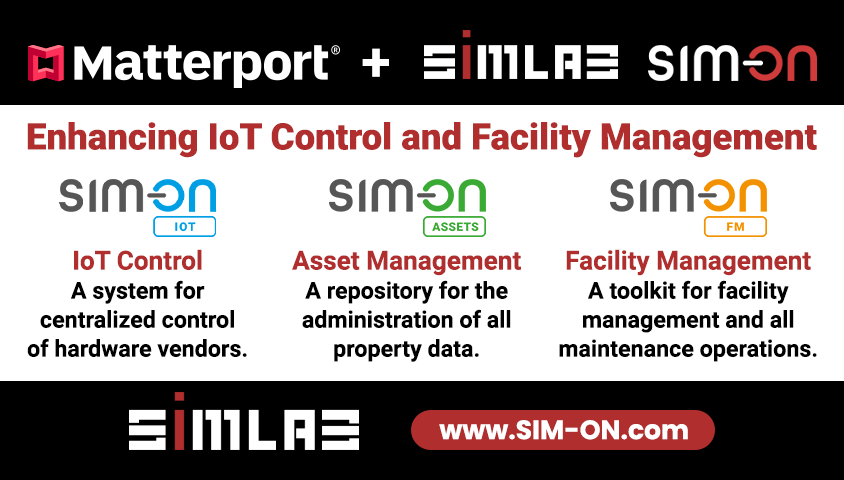10 Industrial Internet Of Things Benefits, 2024 Trends, Examples/Challenges19541
Pages:
1
 WGAN Forum WGAN ForumFounder & WGAN-TV Podcast Host Atlanta, Georgia |
DanSmigrod private msg quote post Address this user | |
| Matterport Digital Twin courtesy of Matterport Matterport Blog (21 February 2024) Industrial Internet Of Things Benefits, 2024 Trends, Examples & Challenges Top 10 Takeaways from this Matterport Blog Post (21 February 2024), according to ChatGPT-4. -- Summarizing this Matterport Blog post from Wednesday, February 21, 2024, on the significance and benefits of the Industrial Internet of Things (IIoT) for facility managers and systems engineers offers a compelling insight into the future of industrial and manufacturing efficiency. 1. Growing IIoT Market: The IIoT market is expected to surpass $1 billion globally by 2025, driven by its ability to provide unprecedented insights, business intelligence, and preventative maintenance. 2. Retrofitting vs. New Equipment: Factories and manufacturing locations can retrofit older, "dumb" equipment with smart sensors and devices to make them IIoT compatible, offering a cost-effective alternative to purchasing new, smart-equipped machinery. 3. IIoT Components and Technology: Key elements of IIoT include smart sensors, IoT actuators, human-machine interfaces, and edge devices, all of which facilitate advanced analytics and insights from manufacturing processes. 4. Operational Efficiency and Productivity: IIoT-enabled devices and workflows allow for detailed monitoring and analysis of equipment performance and operational processes, leading to improved efficiency, productivity, and product quality. 5. Asset Utilization and Reduced Downtime: Through real-time performance monitoring, IIoT helps in scheduling preventative maintenance, reducing downtime, and improving equipment longevity. 6. Enhanced Safety: Real-time monitoring and automated alerts significantly improve workplace safety by preventing equipment failure and reducing the risk of accidents. 7. Predictive Maintenance: IIoT enables predictive maintenance by providing real-time data on equipment conditions, allowing for timely interventions before failures occur. 8. Data-Driven Decision Making: The IIoT facilitates informed decision-making by providing comprehensive data on various aspects of the manufacturing environment, including energy usage, machine behavior, and automation performance. 9. Flexibility and Adaptability: Remote monitoring capabilities and access to real-time data allow for greater operational flexibility and the ability to adapt quickly to changes in production processes or market demands. 10. Emerging Trends in IIoT for 2024: Key trends include the integration of digital twins with IIoT technologies, the widespread adoption of 5G, increased applications of edge computing, and advancements in AI and machine learning integrations. These takeaways underscore the transformative potential of IIoT in enhancing operational efficiency, reducing risks, and fostering innovation in manufacturing and industrial sectors. The ability to retrofit existing equipment with IIoT technology presents a particularly valuable opportunity for businesses to modernize their operations without the need for extensive capital investments. |
||
| Post 1 • IP flag post | ||
Pages:
1This topic is archived. Start new topic?
















